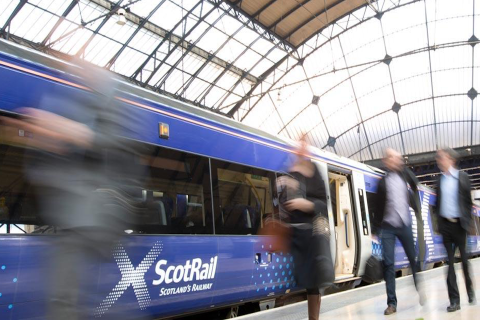New Dutch player Heuro to compete with Eurostar to lower prices

The brand-newly established railway company Heuro aims to be the alternative to Eurostar between Amsterdam, Paris and London from 2028. RailTech spoke to Dutch founder Roemer van den Biggelaar. “We just want lower prices and more people off planes and on trains”.
Want to read more?
You have read all of your free premium articles for this month. Please become a subscriber to keep reading.
Subscribe now!
Take advantage of our exclusive offer to get full access to all premium content.




